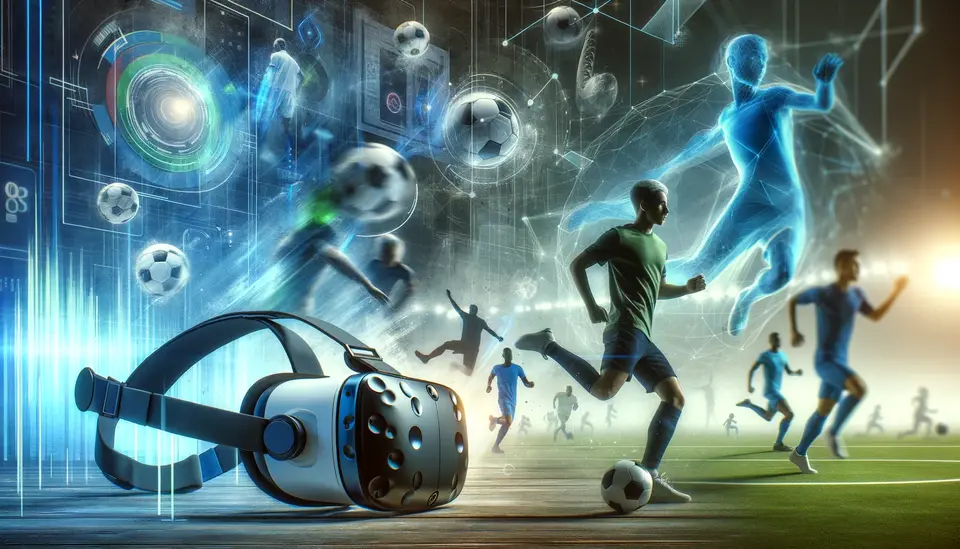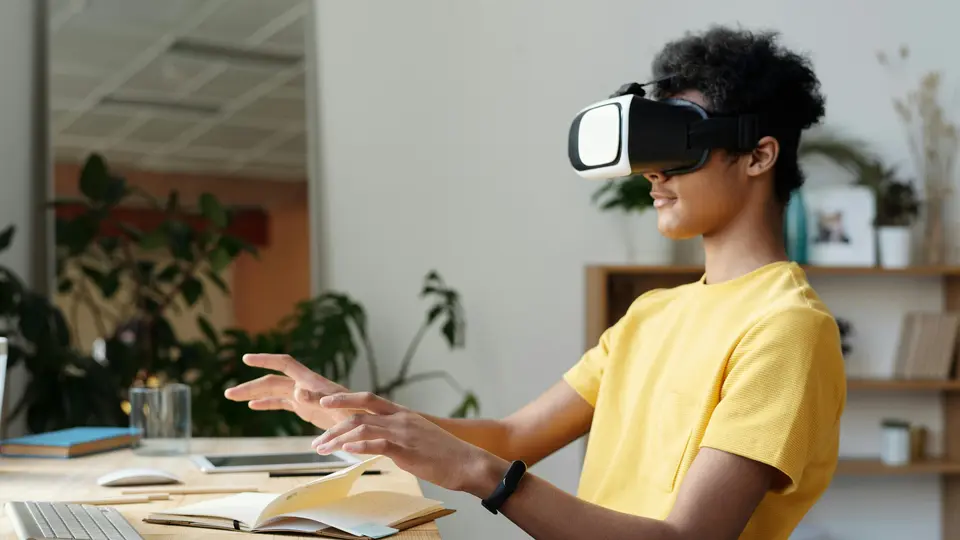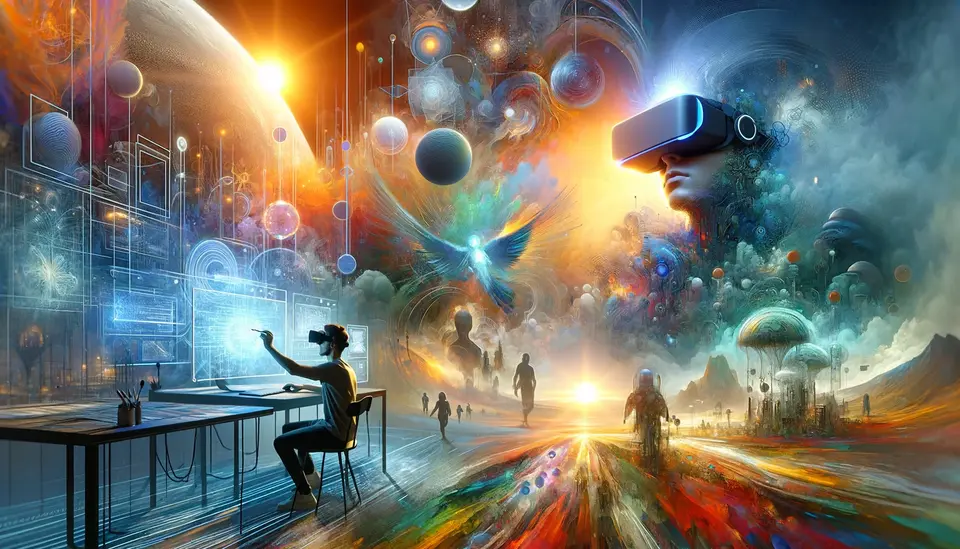15 Examples of the Use of Virtual Reality (VR) in Manufacturing
Posted on April 20, 2023 4 minutes 723 words
Table of contents
- 1. Design and Prototyping – Ford Motor Company
- 2. Assembly Line Simulation – Audi
- 3. Plant Layout and Optimization – Siemens
- 4. Ergonomic Assessments – Boeing
- 5. Remote Collaboration – Caterpillar
- 6. Maintenance and Repair Training – Rolls-Royce
- 7. Quality Control and Inspection – Lockheed Martin
- 8. Workplace Safety Training – BASF
- 9. Customization and Personalization – Adidas
- 10. Onboarding and Employee Training – Walmart
- 11. Product Demonstrations – IKEA
- 12. Data Visualization – GE
- 13. Supply Chain Management – DHL
- 14. Energy Efficiency Optimization – Schneider Electric
- 15. Virtual Factory Tours – Nestlé
- Conclusion
Virtual reality (VR) has made significant strides in recent years, transforming various industries by enhancing efficiency, reducing costs, and streamlining operations. Manufacturing, in particular, has embraced VR to optimize processes, improve safety, and empower employees. In this blog post, we will explore 15 real-world examples of VR applications in manufacturing and how they are changing the game.
1. Design and Prototyping – Ford Motor Company
Ford has integrated VR into their design process, enabling engineers to create, analyze, and modify 3D models of vehicles. This technology accelerates design iterations, reduces physical prototyping costs, and facilitates collaboration among global teams.
2. Assembly Line Simulation – Audi
Audi employs VR to simulate assembly line processes, optimizing workflows and identifying potential bottlenecks. This leads to increased efficiency, reduced production time, and the ability to adapt to new models faster.
3. Plant Layout and Optimization – Siemens
Siemens leverages VR to create digital twins of their factories, simulating and optimizing plant layouts. This approach maximizes available space, streamlines workflows, and increases overall productivity.
4. Ergonomic Assessments – Boeing
Boeing utilizes VR to assess worker movements in their assembly lines, identifying ergonomic issues that could lead to injuries. By addressing these concerns, the company improves worker safety and reduces downtime related to injuries.
5. Remote Collaboration – Caterpillar
Caterpillar uses VR to facilitate remote collaboration among teams, reducing travel expenses and enhancing communication. This technology enables engineers from different locations to work on the same 3D models, improving product development efficiency.
6. Maintenance and Repair Training – Rolls-Royce
Rolls-Royce employs VR to provide immersive training for maintenance and repair tasks. This hands-on approach significantly improves employee proficiency, reducing errors and equipment downtime.
7. Quality Control and Inspection – Lockheed Martin
Lockheed Martin incorporates VR in their quality control process, allowing inspectors to examine virtual prototypes in detail. This approach reduces the need for physical samples and accelerates inspection time.
8. Workplace Safety Training – BASF
BASF employs VR to deliver immersive safety training to their employees, familiarizing them with safety procedures in a risk-free environment. This approach improves overall safety performance and reduces accident rates.
9. Customization and Personalization – Adidas
Adidas utilizes VR to offer custom footwear options for clients, enabling them to interact with and modify 3D models in real-time. This process enhances customer satisfaction and drives product innovation.
10. Onboarding and Employee Training – Walmart
Walmart uses VR to train new employees, simulating various workplace scenarios. This approach accelerates learning curves and has been shown to improve employee retention.
11. Product Demonstrations – IKEA
IKEA employs VR to create interactive product demonstrations, allowing customers to visualize and interact with furniture in a virtual environment. This immersive experience enhances customer engagement and drives sales.
12. Data Visualization – GE
GE utilizes VR to help analyze complex data sets, enabling easier identification of patterns and trends. This immersive data visualization leads to more informed decision-making and improved overall efficiency.
13. Supply Chain Management – DHL
DHL leverages VR to visualize and manage their supply chains, identifying potential disruptions and optimizing logistics. This increased understanding of supply chain operations leads to more informed decision-making and better overall performance.
14. Energy Efficiency Optimization – Schneider Electric
Schneider Electric leverages VR to analyze and optimize energy usage in manufacturing facilities. By identifying inefficiencies, they can implement changes that reduce costs and lessen environmental impact.
15. Virtual Factory Tours – Nestlé
Nestlé provides virtual factory tours using VR, showcasing their production processes and facilities to clients and stakeholders without the need for physical visits. This approach reduces travel expenses, logistical complications, and allows a greater number of people to experience the inner workings of their facilities. By offering these virtual tours, Nestlé is able to promote transparency, build trust, and foster a stronger connection with customers, partners, and investors.
Conclusion
Virtual reality is revolutionizing the manufacturing industry by offering innovative solutions to challenges in design, prototyping, training, and beyond. Companies like Ford, Audi, Boeing, and Siemens are just a few examples of those reaping the benefits of VR technology. As VR continues to advance, its potential applications in manufacturing will only grow, driving greater efficiency, safety, and competitiveness. It’s time for manufacturers to explore and embrace the vast potential that VR offers to stay ahead in this rapidly evolving landscape.








